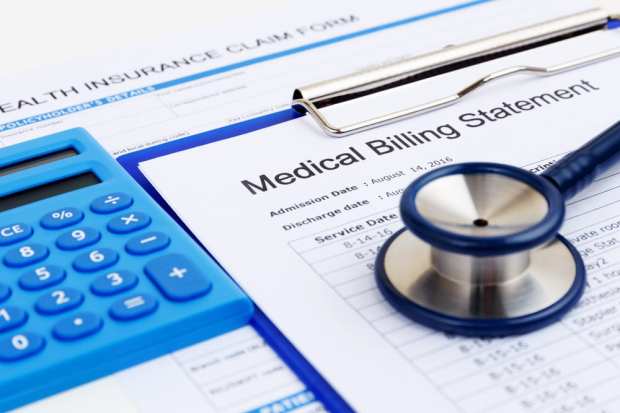Healthcare Costs Concerning For Voters (And Their Wallets)

Perhaps it may be the coronavirus – understandably so – that is spurring Americans to think of healthcare costs.
And healthcare costs are increasingly at top of mind as voters eye the polls in the 2020 presidential campaign.
The Financial Times reported on Thursday (March 5) that a survey of likely voters conducted by the FT and the Peter G Peterson Foundation found that 34 percent of Americans view rising healthcare costs as among the “darkest clouds” threatening the U.S. economy.
That represents a jump over the 26 percent of people (defined as more than 1,000 likely voters who responded to the survey) who voiced similar sentiments only five months ago.
For those keeping score, at least through the prism of “where the votes are,” the worries are prevalent in “swing” states across the Midwest. The survey, which was conducted between Feb. 20 and Feb., 23 showed that among 39 percent of voters in Michigan and Wisconsin, healthcare is seen as the most pressing threat to the economy. That mirrors the fact that healthcare was the biggest issue across states that voted in this week’s Super Tuesday primaries.
Indeed, healthcare has been estimated by the U.S. Department of Health and Human Services as representing 17.7 percent of the U.S. economy – the largest share among developed nations. The FT noted, too, that growth in healthcare costs, at more than 4 percent, has outpaced inflation.
And as pertains to the anticipated impact of the coronavirus, 51 percent of the voters surveyed said the virus would have “little” impact on the economy, and 29 percent said it would have “a lot” of impact over a short span of time.
We note that the survey was conducted before the pace of bad news tied to the coronavirus quickened – where more states reported cases and the death toll picked up a bit.
Against the backdrop of the continued and lingering public health crisis and rising costs, individuals and families may be wondering how they can pay for it all without winding up, well, bankrupt.
As reported in this space last week, the Centers for Medicare and Medicaid Services has estimated that total healthcare expenditures in the U.S. will approach $6 trillion by 2027.
In 2018, the share of out-of-pocket healthcare expenses stood at more than 28 percent, and data from that year implied that consumers had shouldered a $375 billion burden – which is two-thirds of the total eCommerce market.
Of that amount, about 2 percent, or $7.5 billion, will go unpaid.
Yet in PYMNTS’ own research, done in collaboration with Flywire and detailed in the Changing Landscape of Healthcare Payments Report, found that across more than 2,800 respondents, 89.8 percent of respondents said they would be willing to consider using a payment plan – which is double the actual current usage rate for those plans.
This indicates a willingness by individuals to pay what they owe – and a willingness to coordinate such payments with their providers. In terms of untapped potential, consider the fact that of those individuals who did not pay their debts and said they had no plans to do so also had the highest out-of-pocket average, clocking in at $758. This indicates that providers not offering plans, or at least educating patients about installment options, are leaving a chunk of money on the table.
But to get there, providers have to address billing and payment inefficiencies.
In an interview with Karen Webster last month, Flywire CEO Mike Massaro stated that “providers who used to collect 5 percent of their overall payments from the patient are now looking at collecting a minimum of 30 percent – and they just don’t have the payments infrastructure to adapt to that.” That, he said, opens the door for companies like Flywire to address friction in the collections process.
